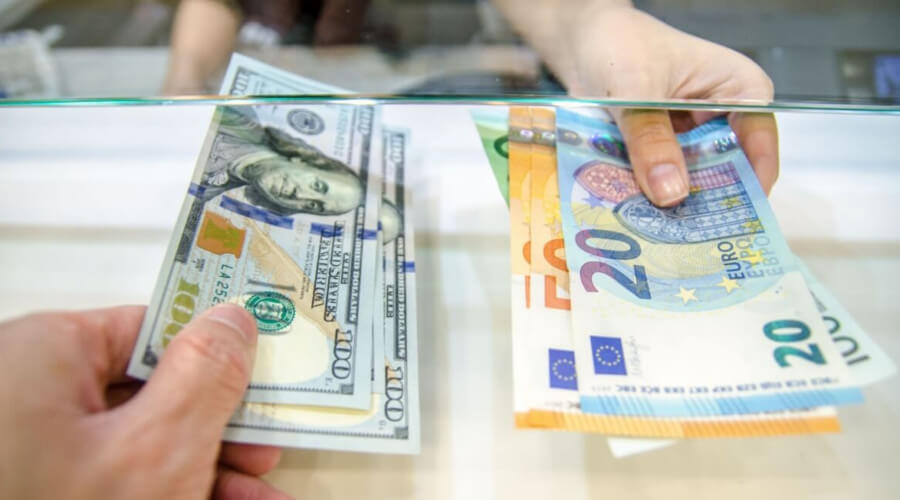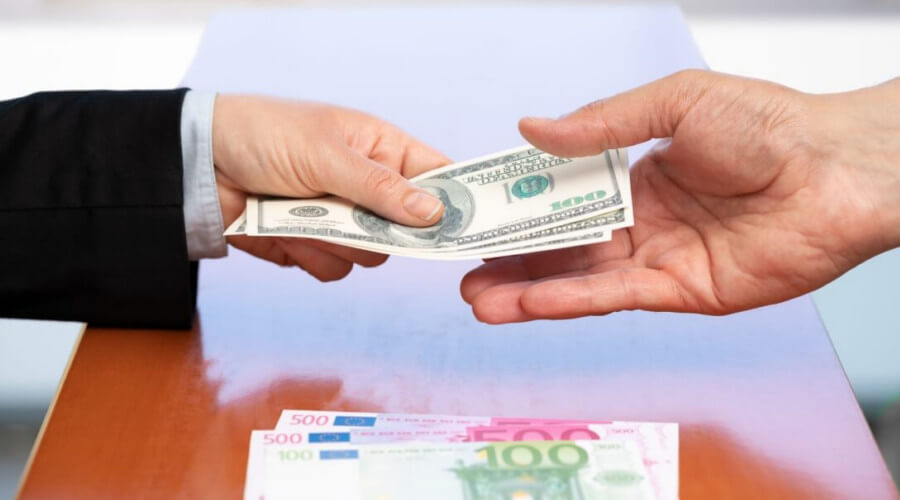Whether you’re traveling abroad, sending money overseas, or investing in foreign assets, understanding currency exchange rates can save you a lot of money. The difference between a good and bad rate might seem small, but over multiple transactions, it can mean hundreds or even thousands in savings. This guide reveals insider foreign currency tips to help you consistently find the best exchange rates — no matter where you are in the world.
1. Understanding How Currency Exchange Rates Work

At its core, a currency exchange rate is the value of one currency compared to another. For example, if 1 USD equals 0.90 EUR, that means one U.S. dollar buys ninety euro cents. Exchange rates fluctuate daily due to global market factors like interest rates, inflation, and economic stability.
When exchanging currency, banks, exchange bureaus, and online platforms charge either a fee or a spread (the difference between the buying and selling rate). This spread is how they make a profit — and it’s where travelers often lose money.
According to Investopedia, market rates (also known as interbank rates) are the rates banks use when trading currencies with each other. However, individuals rarely get this rate. The goal is to find services that offer rates as close to the interbank rate as possible.
For a deeper understanding, visit Global Money Guide (example.com) to learn how rates affect travel and investment decisions.
2. Avoid Airport and Hotel Currency Exchanges

It might be convenient to exchange money at the airport or hotel, but these places often have the worst rates. They know travelers need cash immediately, so they charge higher margins or hidden fees.
Instead, plan ahead. Withdraw from an ATM once you arrive, or use an international debit card that offers low conversion fees. Some travel-friendly banks, such as Charles Schwab and Wise, offer near-interbank rates for global withdrawals.
Pro tip: Always compare the total amount you’ll get after fees — not just the posted rate. A “no fee” exchange might still give you a poor conversion rate, costing you more in the end.
3. Use Online Currency Exchange Platforms
Modern online services make getting the best exchange rates easier than ever. Platforms like Revolut, Wise (formerly TransferWise), and XE offer transparent, low-fee conversions at mid-market rates — the fairest rates available to individuals.
These services allow you to hold multiple currencies in a digital wallet, send money abroad instantly, and even set rate alerts to exchange when the market is most favorable. Many frequent travelers and digital nomads prefer these over traditional banks for convenience and savings.
Online comparison tools like MoneySuperMarket or Finder help you quickly identify the most cost-effective service for your specific needs.
4. Watch the Market Before You Travel

One of the smartest foreign currency tips is to track exchange rate trends before making your trip or transfer. Currency markets fluctuate constantly, and timing can significantly affect how much you get for your money.
For example, if the euro weakens against the dollar by just 3%, a traveler converting $1,000 could gain an extra $30 in value simply by waiting for a better rate. Tools like OANDA Currency Converter or Bloomberg Currencies let you monitor live rates and historical data to plan your exchanges strategically.
Set alerts on your banking app or exchange platform so you can take advantage of rate drops before your travel dates.
5. Know When to Pay in Local Currency vs. Home Currency
When using a credit or debit card abroad, you’ll often see a prompt asking whether to pay in your home currency or the local currency. Always choose the local currency option. Here’s why: if you choose your home currency, the transaction goes through a process called “dynamic currency conversion,” where the merchant’s processor applies an inflated exchange rate — often 3–6% higher than what your bank would charge.
This is one of the lesser-known currency exchange secrets that can make a real difference on big purchases. According to NerdWallet, travelers lose millions each year to dynamic currency conversion fees.
To avoid surprises, check your bank’s international fee policy before traveling. Some travel credit cards, like the Chase Sapphire Preferred or American Express Platinum, waive foreign transaction fees entirely — saving you up to 3% per purchase.
6. Don’t Exchange Too Much Cash at Once

While having some local cash on hand is helpful, carrying large amounts can be risky and costly. Exchange only what you need for the first few days of your trip, and then withdraw more from ATMs as needed.
Exchange rates can vary daily, so exchanging everything upfront locks you into that day’s rate — even if it improves later. Additionally, having smaller cash amounts encourages safer spending habits and reduces loss risk.
For security and budgeting tips, visit The Balance and Expatica Travel Finance.
7. Check Fees and Hidden Costs Before Exchanging
Even if an exchange office claims “zero commission,” hidden markups can still eat into your money. These might come from inflated exchange spreads or transaction minimums. Always compare the actual rate you receive with the live mid-market rate (you can check it on XE.com).
For digital exchanges, look out for service fees, wire costs, or additional conversion charges when sending to certain countries. Transparent services like Wise and Remitly show you the final amount your recipient gets upfront.
For extra clarity, see our detailed breakdown at Smart Currency Planning (example.com).
8. Use Multi-Currency Cards for Frequent Travelers

For those who travel or work internationally, multi-currency cards are a game-changer. These prepaid cards allow you to store multiple currencies and switch between them at favorable rates. Brands like Wise Multi-Currency Card and Revolut Travel Card make managing money across borders effortless.
These cards also reduce the need for frequent exchanges, protecting you from fluctuating currency exchange rates. They’re especially useful for digital nomads or expats who receive income in multiple currencies.
According to Forbes Advisor, multi-currency accounts can save frequent travelers up to 6% compared to traditional bank conversions.
9. Timing Matters: When Is the Best Time to Exchange?

Currency markets operate 24/7, but not all times are equal. Exchange rates tend to be most stable during business hours of major markets like London, New York, and Tokyo. Large global events, elections, or central bank decisions can also trigger fluctuations.
If you plan to exchange a large sum, consider monitoring market news on CNBC or Reuters before locking in your rate. Even a small shift can make a noticeable difference on high-value exchanges.
Timing your exchange strategically is one of the easiest ways to maximize the best exchange rates worldwide.
Conclusion: Smarter Currency Exchange for Global Savers
Getting the best exchange rates isn’t just about luck — it’s about knowledge and strategy. By using the right tools, avoiding high-fee locations, and understanding how currency exchange rates fluctuate, you can make every dollar go further when traveling or investing internationally.
Apply these foreign currency tips before your next trip or transfer, and you’ll never overpay again. With a little planning and awareness, managing your money abroad becomes both easy and rewarding.






